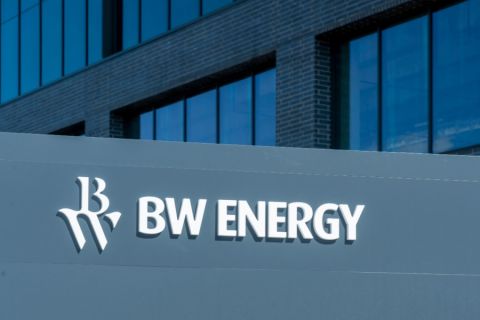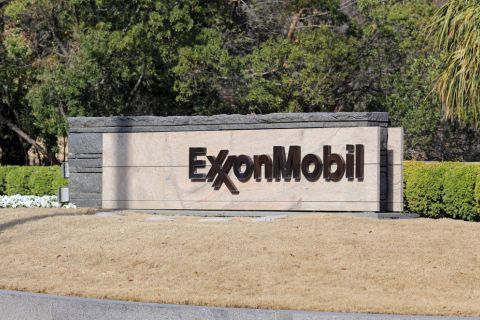Here are some lessons MLP investors learned from the 2008-2009 financial crisis:
Lack of access to capital generally doesn’t affect current MLP distributions, but does affect distribution growth. During the crisis, despite limited access to capital markets (even investment-grade MLPs issued senior notes at high, single-digit rates), no MLP in the Alerian MLP Infrastructure Index (AMZI) cut its distribution, a reminder that current distributions are funded by existing cash flow from in-service projects with long-term, fee-based contracts. In fact, on a weighted-average basis, the names in the index grew distributions by 2.5% in 2009.
While this rate was meaning-fully less than the 7% average over the past decade, it was enough to address investor fears of payouts being slashed across the board.
This was possible because then, as now, some MLPs can finance growth internally. Enterprise Products Partners LP has a distribution coverage ratio of 1.3x, and, despite a market capitalization of $57 billion, needs just $1.8 billion of growth capex opportunities financed with retained distributable cash flow and debt to maintain its current distribution growth rate.
Magellan Midstream Partners LP hasn’t raised equity in the public markets since 2010 and yet has more than doubled its quarterly distribution over the last five years.
That said, MLP distributions aren’t guaranteed. During the financial crisis, even some midstream names cut their distributions. One company could not fund all of its growth projects and leverage began to creep up as cash flows declined.
Another was a gathering and processing company with single-basin exposure. A third cut its distribution due to commodity price exposure through its processing business.
MLPs are neither dependent on nor independent of the price of commodities. In 2008, crude fell from $145 to $31 per barrel in six months. However, MLPs are more sensitive to production levels than to actual prices. Also, when the word “energy” is used in American mainstream news media, it nearly always refers to crude oil, but crude isn’t the only hydrocarbon produced and consumed in the U.S. In addition to crude oil, energy MLPs handle natural gas, NGL and refined products.
As an example of the needed infrastructure, gas takeaway capacity is currently the limiting factor for producers in the Northeast. Until further pipeline capacity is available, there is no economically viable way for producers to bring product to market.
New projects are coming online later this year, and analysts expect that production will increase as the bottleneck dissolves. The need for gas infrastructure in the Marcellus and Utica plays has largely been overshadowed by the panic about crude prices, but gas infra-structure is a much more significant driver of future MLP cash flows and growth opportunities.
MLPs are a long-term investment in the buildout of North American energy infrastructure. Those who bought MLPs right before the financial crisis and held on for five years would have made 65.2% on a total-return basis (but would have had to stomach a 49.3% loss in the meantime; those buying at the bottom would have made 306.6% five years later).
MLPs have already fallen 37.5%. At these levels, analysts predict that we are closer to the trough than the peak, it just remains to be seen how dramatically MLPs will recover.
Recommended Reading
Pemex Targets Debt Declining Below $100 Billion This Summer
2024-07-19 - Mexico’s state-owned Pemex, the world’s most indebted company, is targeting a total debt below the $100 billion mark this summer—the first time in 10 years that the company’s debt would be below that level.
E&P BW Energy Undergoes ‘Technical’ Ownership Restructuring
2024-05-08 - The restructuring will not involve any change to the ultimate control of BW Energy as the shares currently held by BW Group will be sold to BW Energy Holdings.
Wood Mackenzie Appoints Jason Liu as CEO
2024-05-07 - Liu replaces former CEO Mark Brinin, who is departing to pursue other opportunities, Wood Mackenzie said.
Hess Midstream Subsidiary Plans Private Offering of Senior Notes
2024-05-08 - The proposed issuance is not expected to have a meaningful impact on Hess Midstream’s leverage and credit profile, according to Fitch Ratings.
Exxon Appoints Maria Jelescu Dreyfus to Board
2024-05-08 - Dreyfus is CEO and founder of Ardinall Investment Management, a sustainable investment firm, and currently serves on the board of Cadiz Inc. and Canada-based pension fund CDPQ.





